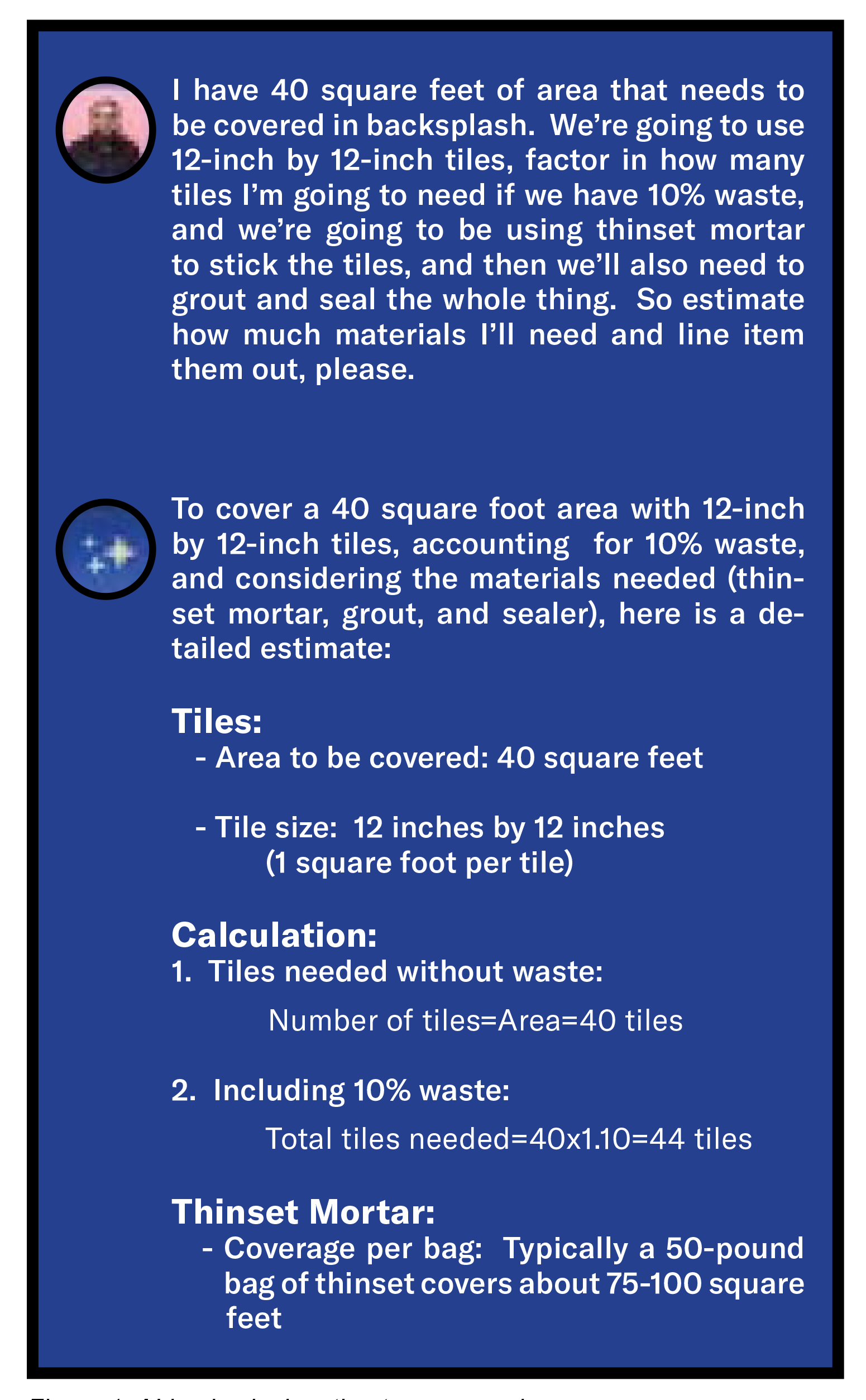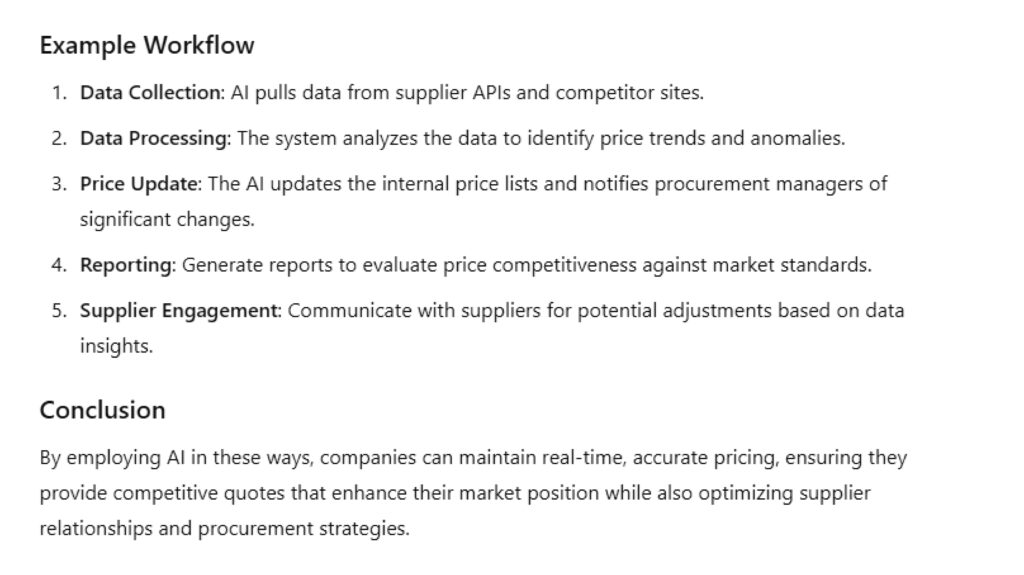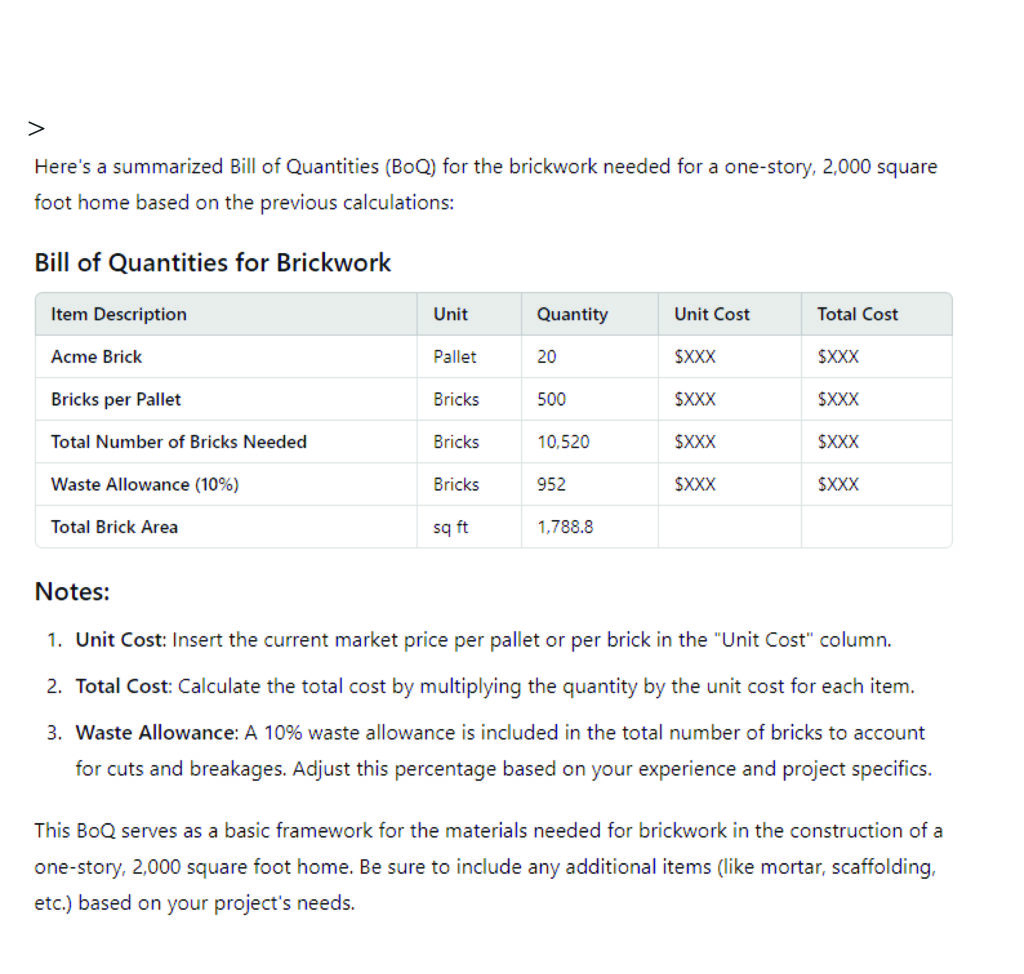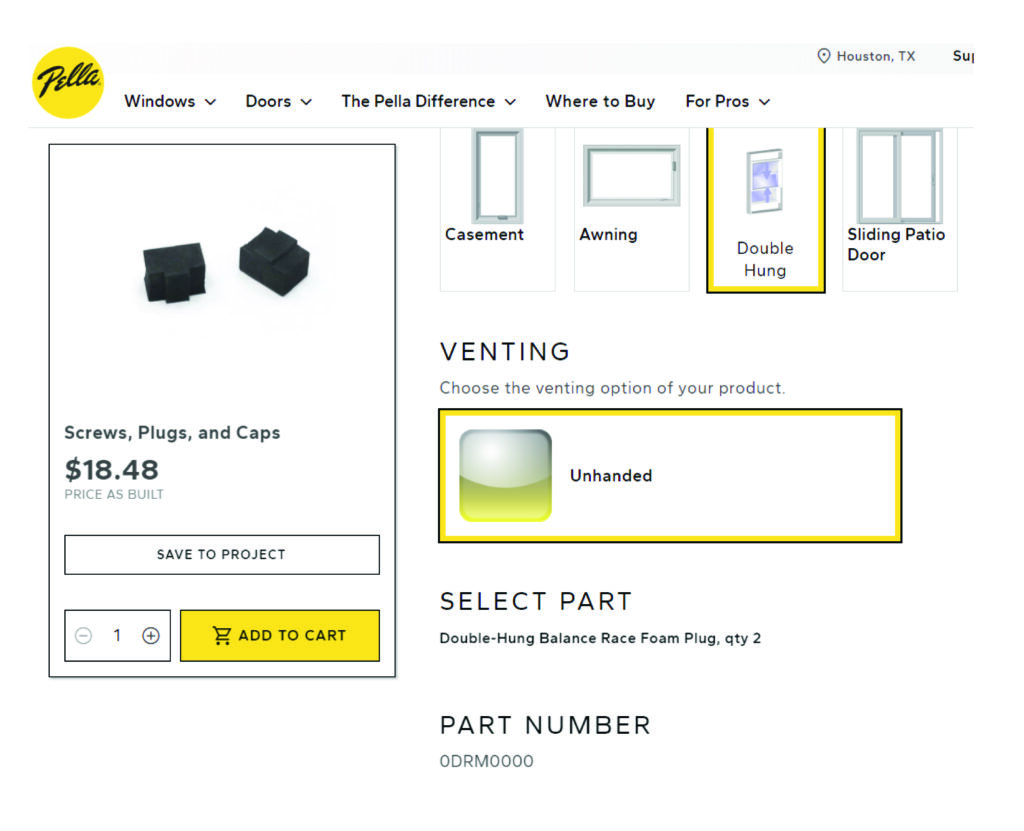The benefits include better accuracy and more profit.
This month, we tackle one of the biggest challenges for all types of construction, including offsite: estimating with precision. Artificial Intelligence (AI) can sharpen and speed up the estimating work and add value to your brand.
One feature of a good AI program, which builds in efficiency right from the start, is that you can speak to it from a mobile phone, rather than having to type. Simply ask your question and the system should be able to come back with an estimate.
Figure 1 provides a very simple example of how this works. In this example, (using MerlinAI ERP for Construction) someone has asked the AI a question about tiles for a backsplash. There’s 40 sq. ft. of 12-inch by 12-inch tile, and of course thin set mortar, grout and sealer. Artificial intelligence completes the calculation in seconds, as opposed to someone having to do it manually or with standalone estimating software.

Let’s say this saves nine minutes in estimating time for each backsplash, and that the estimate has to be done hundreds of times every year. That’s a big savings in staff time. The return on investment can be extreme.
Your brand can benefit as well. You can leverage your AI-enabled system as a selling point with prospects. You can tell them about it early in the sales stage, as well as at other points of contact, such as when they want preliminary estimates. In fact, your marketing campaigns could communicate the value that your AI offers your clients, such as the ability to quickly and accurately compare different scenarios with different product choices, providing them with information to help make more informed decisions. With so few builders using AI for estimates, this is absolutely a differentiator. And when your competitors catch on and start using it, the fact that you were first means that prospects will view you as more cutting edge.
Calculating ROI
Tallying up the return on your AI investment is straightforward. Simply consider how many estimates you need to do, how much time you can save on each one, and what your time is worth.
Let’s say you’re estimating something more complicated than a backsplash, like rough framing, or an upgraded plumbing package. Now let’s imagine that you want the ability to do 30 additional estimates per month and that they each take an average of 120 minutes with your current software. That’s 3600 minutes, or 60 hours, of work. If you pay your estimators $38 per hour (about right for someone earning an $80,000 salary and working 2080 hours a year), then using AI would avoid roughly $2280 in additional labor costs.
You’re now in a position to complete more work without hiring additional staff.
Choosing the Right Software
At this point AI is only included in a handful of software systems of any kind (see box). When shopping for software that does have it, here is a list of AI features you might look for. Keep in mind that these features are about the AI only, not about the other aspects, benefits or features of an estimating system.
1) AI-updated supplier price lists. You want real-time, accurate pricing to ensure competitive quotes, using data collected from suppliers.

2) Verbal queries. The time savings from the ability for users to query the system verbally from a mobile device can be huge. It can also increase accuracy and make your employees happier.
For example, instead of hunting for how much the windows will cost on the Jones residence you want to simply ask, “Show me the cost of the windows on the Jones residence.” The system will return the answer.
3) AI-generated bills of quantities. This will eliminate manual counting errors. For instance, if you ask the system to calculate pallets of bricks, then you could ask it for a bill of quantities.

4) The ability to specify part numbers. If you’re a custom builder, you want the ability to make a request such as “find the part number for an unhanded double-hung balance race foam plug.” Then, rather than having to spend time to look it up, you might receive the answer of: Pella ODRMOOOO.

5) AI-powered knowledge base queries. These provide quick answers to complex questions. You might ask the system to “provide a dead load calculation for a home with a 2000 sq. ft. floor area, asphalt roof shingles, and wood framing.” The AI should return an accurate answer.
6) The ability to find intelligent product alternatives. For example, the spec might be for Kohler 6489-17, which is not available. A good AI program would suggest Kohler 6427-34.

Smarter and More Accurate
It should be clear that AI has the potential to transform residential construction by improving the accuracy and efficiency of estimating. From automating quantity takeoffs and predicting costs, to optimizing material procurement and resource allocation, AI can help builders save time, reduce costs and avoid costly mistakes. Embracing AI is no longer a luxury, but really should be considered a necessity for builders looking to thrive in the modern construction landscape.
And remember that the early bird gets “most of the worms.” Adopting and positioning AI before your competitors do is a strategic advantage, especially considering most builders and the industry ride the back of the wave.

The time to get on board is now.Erik Cofield, VP of Strategy at MerlinAI (www.merlinai.co), has nearly 30 years of experience helping companies in residential construction. He has provided consulting services to builders, developers, remodelers, and construction companies of all sizes and types, and can be reached at [email protected].







